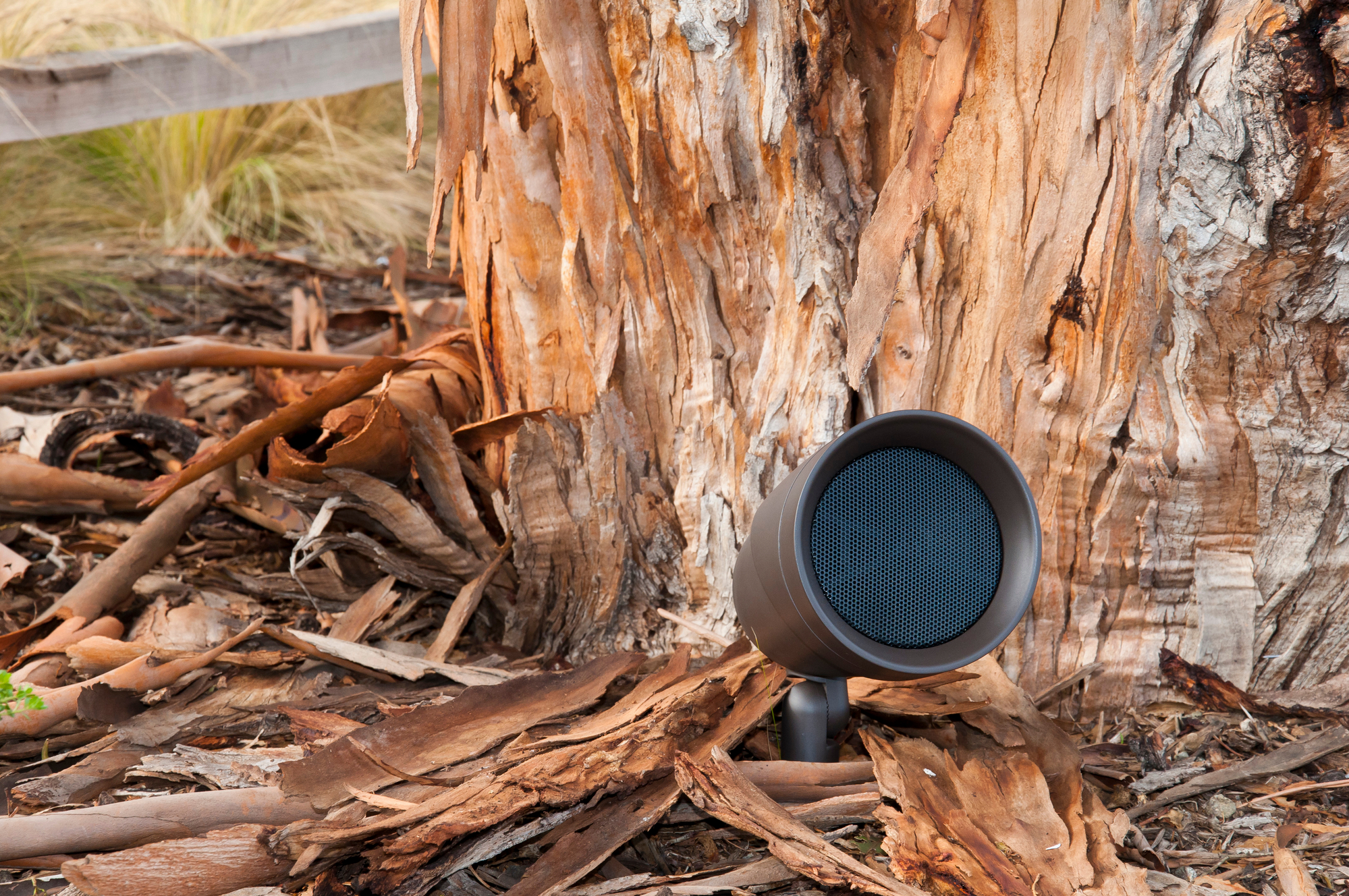Introduction to Home Surveillance Camera Footage
Learn How You Can Manage Your Captured Video and More!
We’ve talked in detail about how a surveillance camera installation works when you’re looking at it externally, such as how we place them, how to select between common camera types and how we integrate them with your whole-home automation suite.
But how do these cameras assist families living in Brentwood, TN, homes? Now it’s time to take a more behind-the-scenes look at how these devices store information. Specifically, we’ll talk about how video storage works and benefits you, as well as some information regarding local vs. cloud storage and more. Stay tuned!
SEE ALSO: Let’s Look at 4 Common Surveillance Camera Types!
How Video Footage Works
According to the FBI, a break-in takes place every 13 seconds in the U.S., and about 70% of those incidents occur in unsecured homes. This is a shocking statistic, and one that many of us choose to ignore. However, surveillance captures offenders right in the act. The footage shows what happened so that you, our monitoring staff and law enforcement can act accordingly.
You can select your camera based on many factors, but the main factor is the type of footage you’re looking to get. Some clients choose to use surveillance to track criminal activities, while others peer inside their homes to keep track of the children: Camera selection and placement might look different for those customers.
No matter how you use your footage, you need to know how you’d feel most comfortable storing it. We’ll cover two popular options below.
Local and Cloud Storage
Local storage keeps all of your footage within a microSD card inside your camera or within a digital video recorder located on your property. You can choose between event-based recording, which gets triggered to run footage during pre-set events, and non-stop recording, which captures everything the camera “sees” around the clock.
Customers who choose local storage love that the video storage is within their control. For example, only you can view the footage, and you can decide what to do with the footage once your card or recorder is full. An additional benefit is that since your footage is stored on devices already in your home, you don’t need to worry about any additional costs for cloud storage.
By contrast, cloud storage sends your footage to a remote, internet-based server. Because of this, cloud storage users generally argue that what they lose in control from a local-storage model, they make up in convenience. For example, through cloud storage, you can view your cameras from anywhere in the world with an internet connection and make adjustments such as panning, tilting and zooming on the go. Typically, cloud storage requires a fee to continually store your footage remotely, and costs can increase depending on the amount of data you want to be stored.
Contact Us Today
Still confused about which surveillance solution works for your home, or perhaps what camera brands or placement best serves your family’s needs? We understand that there are so many options and angles to consider, but Symspire will help you find the most comprehensive solution.
Call us at 615-332-0093, chat live with us below or contact us here to schedule a no-obligation consultation. We look forward to hearing from you!
When you subscribe to the blog, we will send you an e-mail when there are new updates on the site so you wouldn't miss them.




